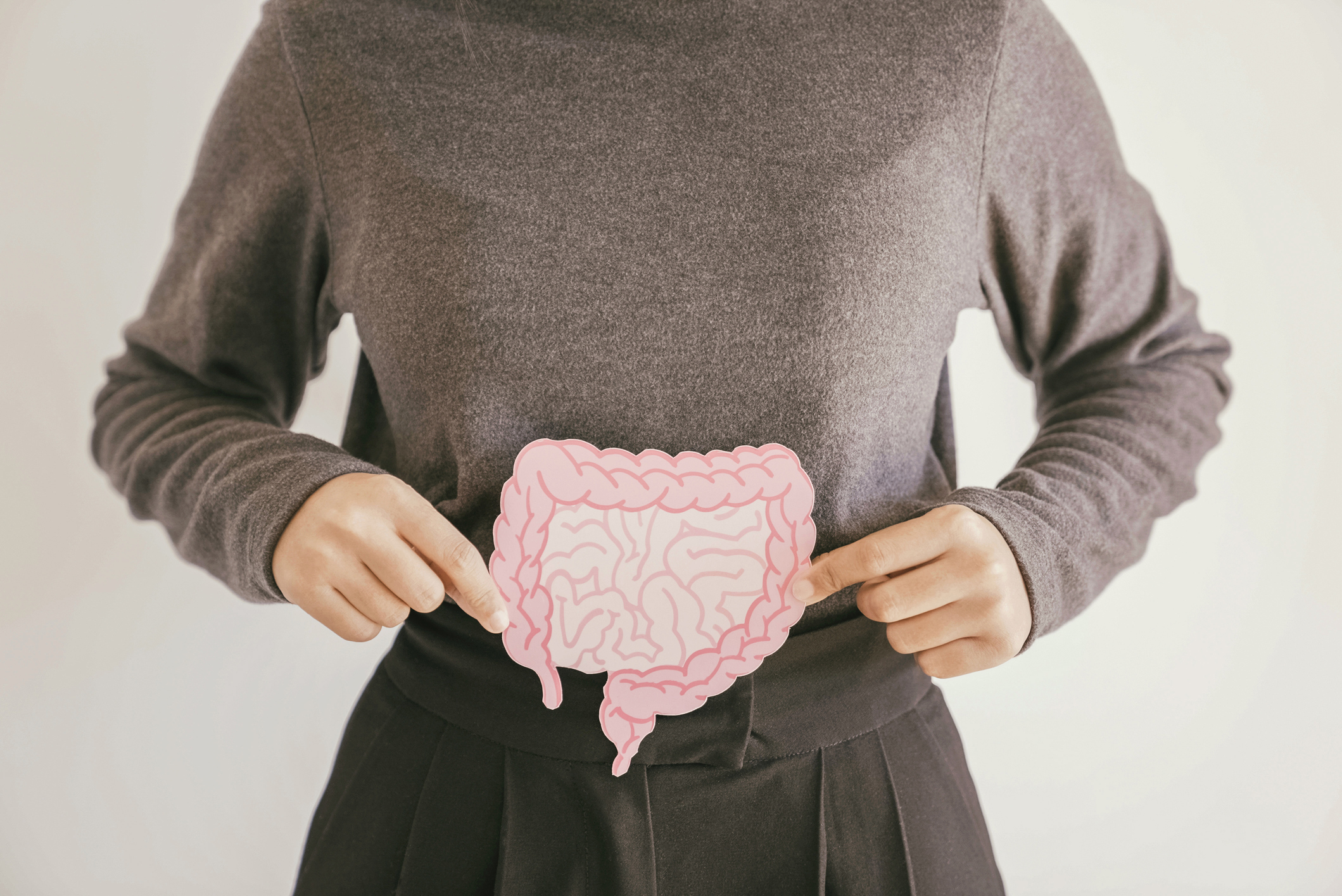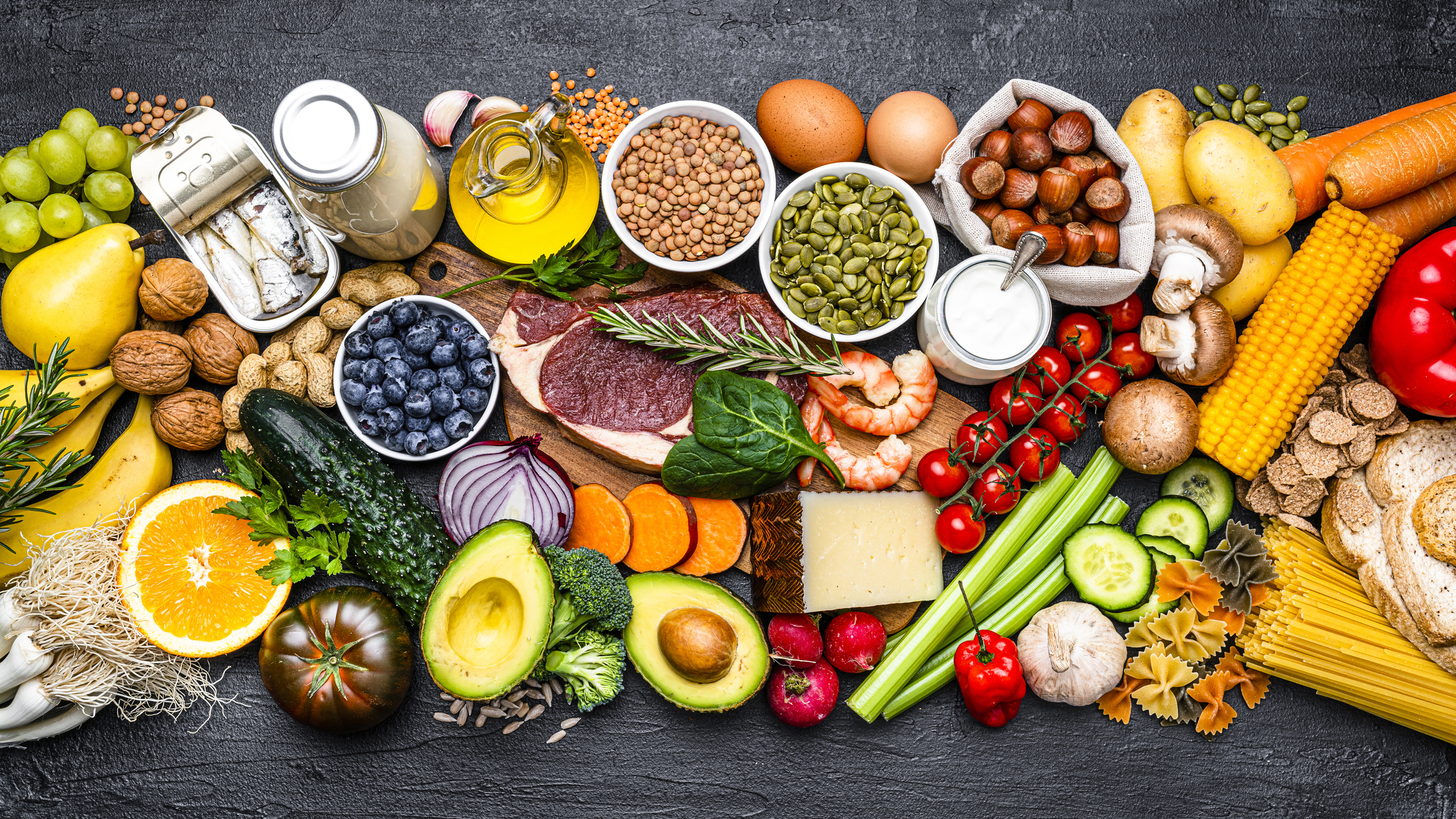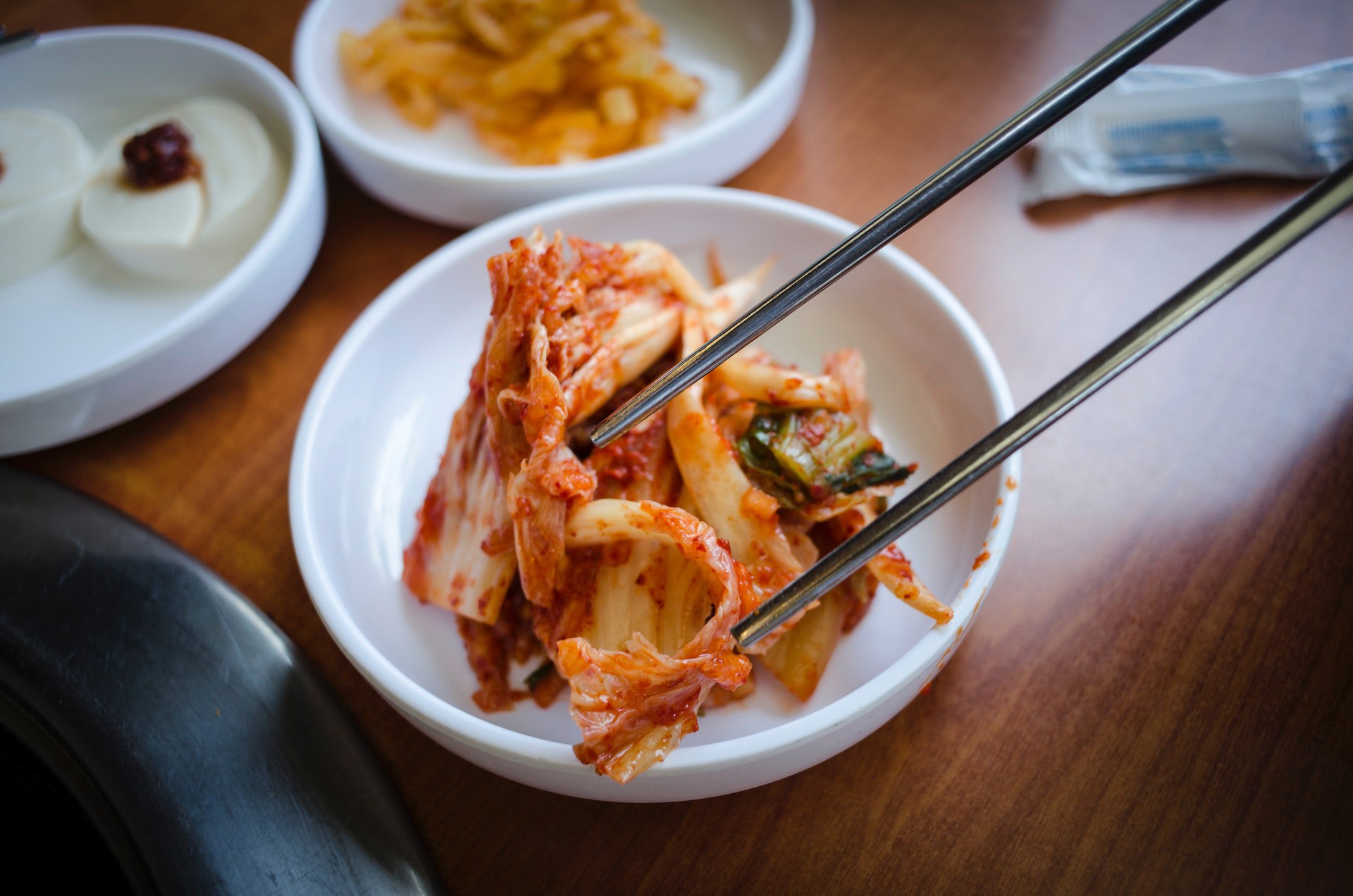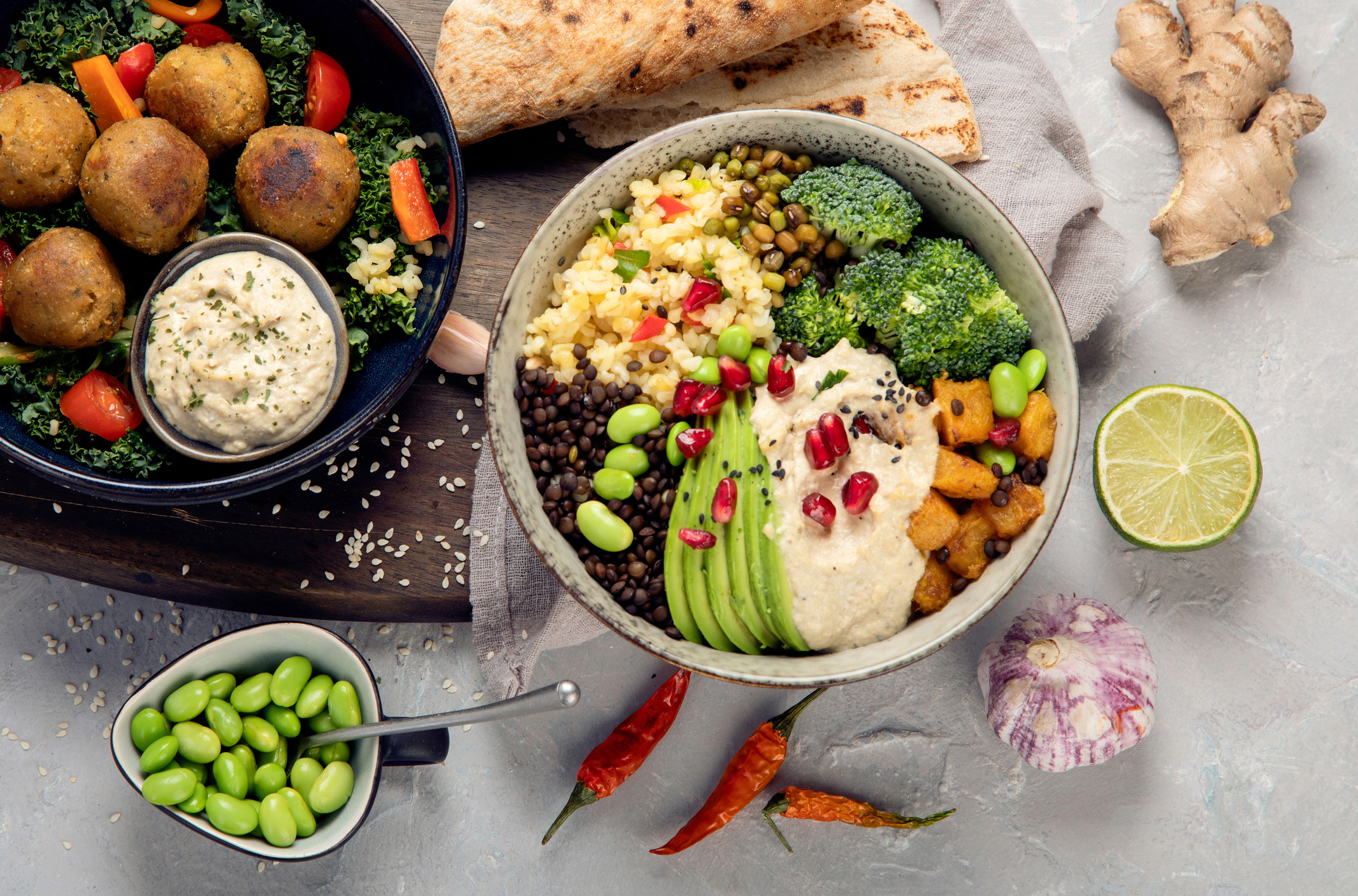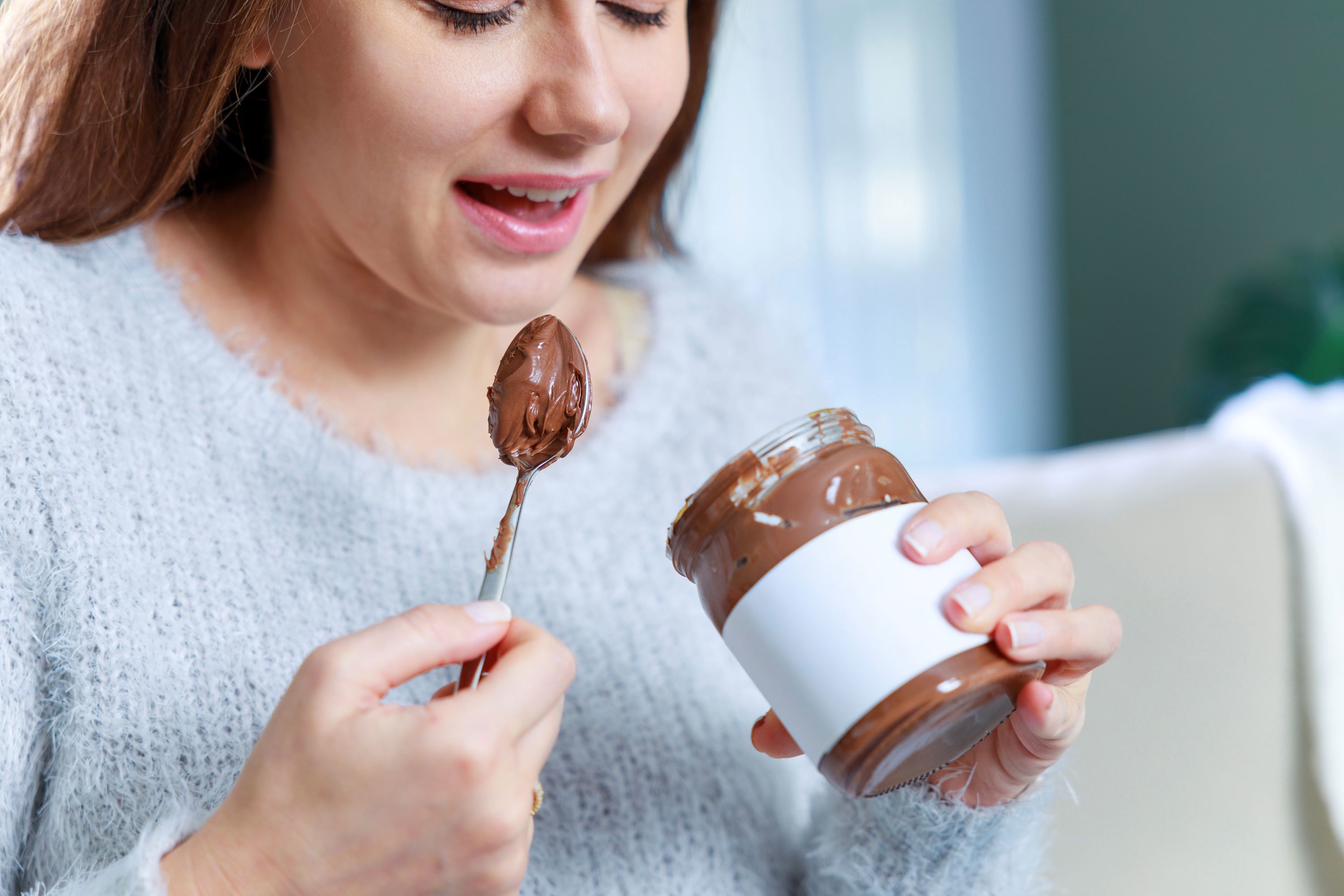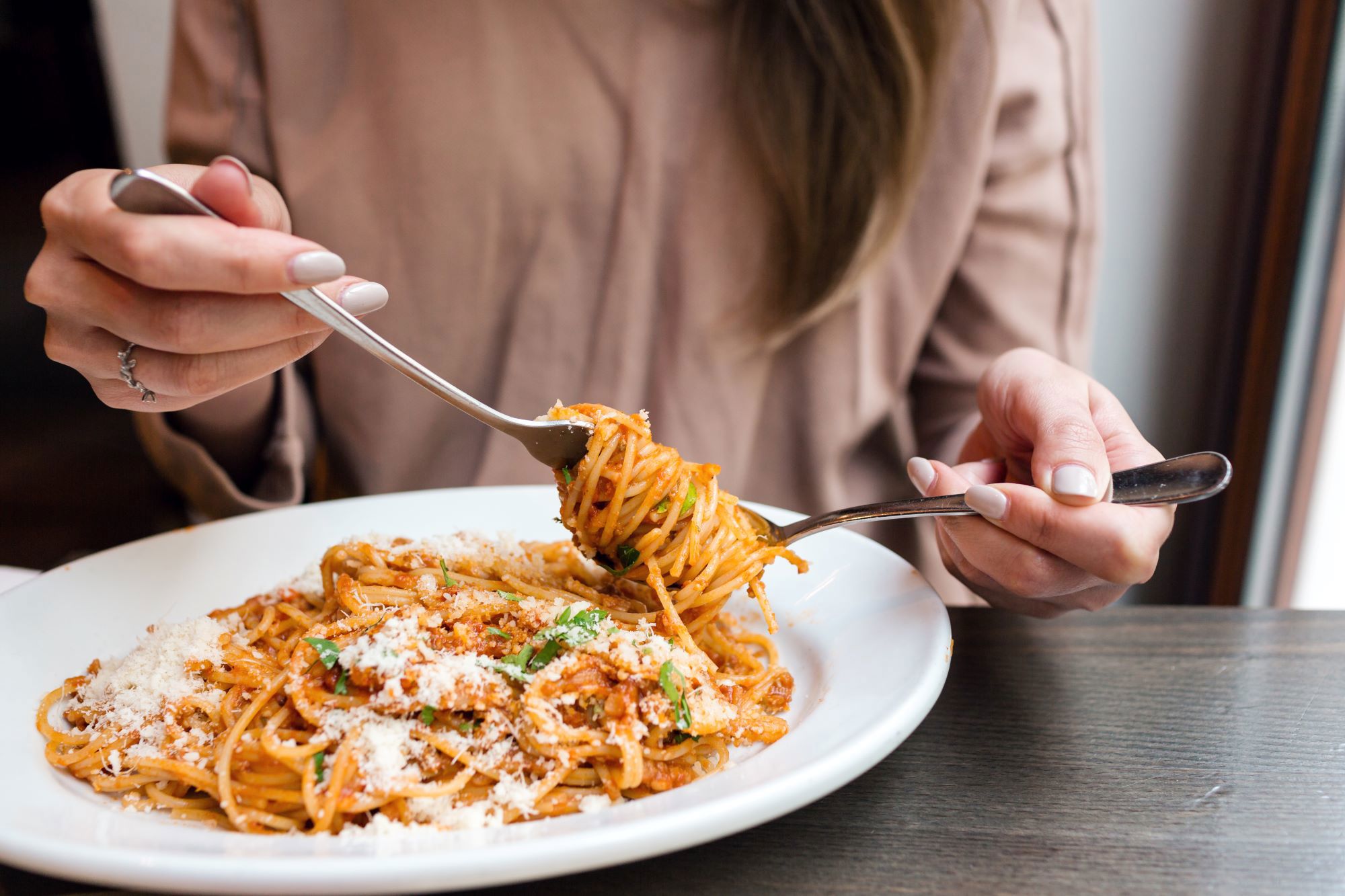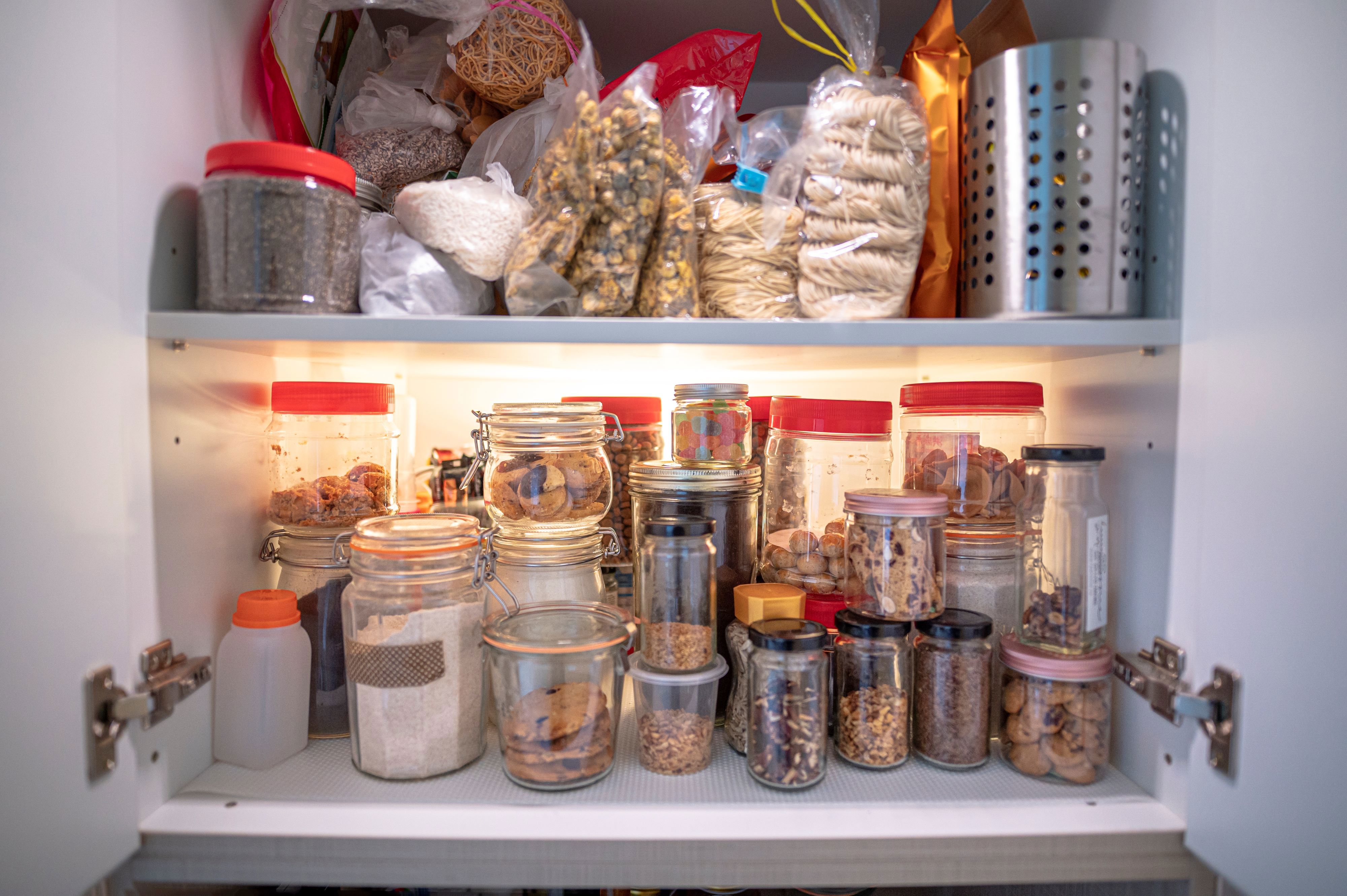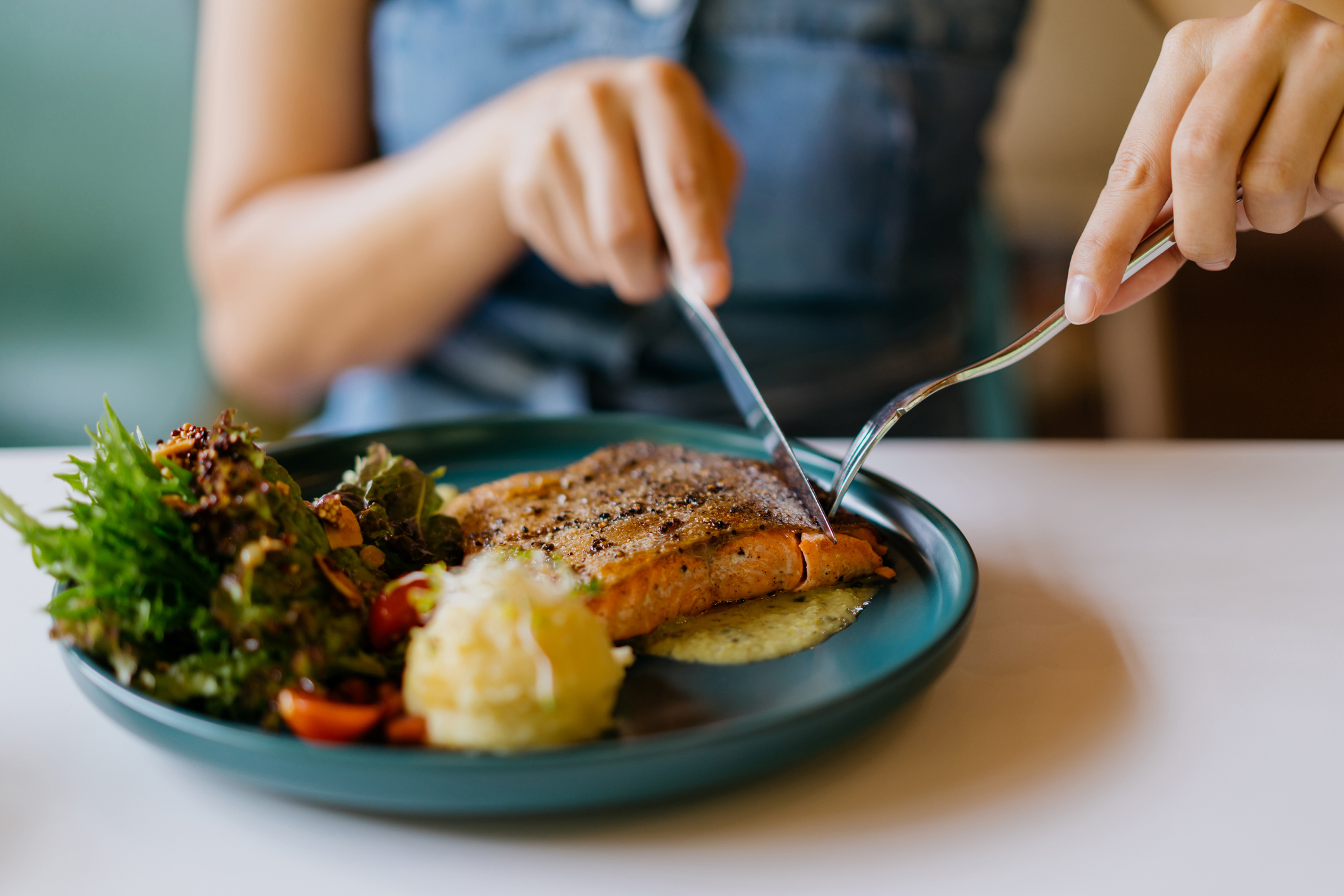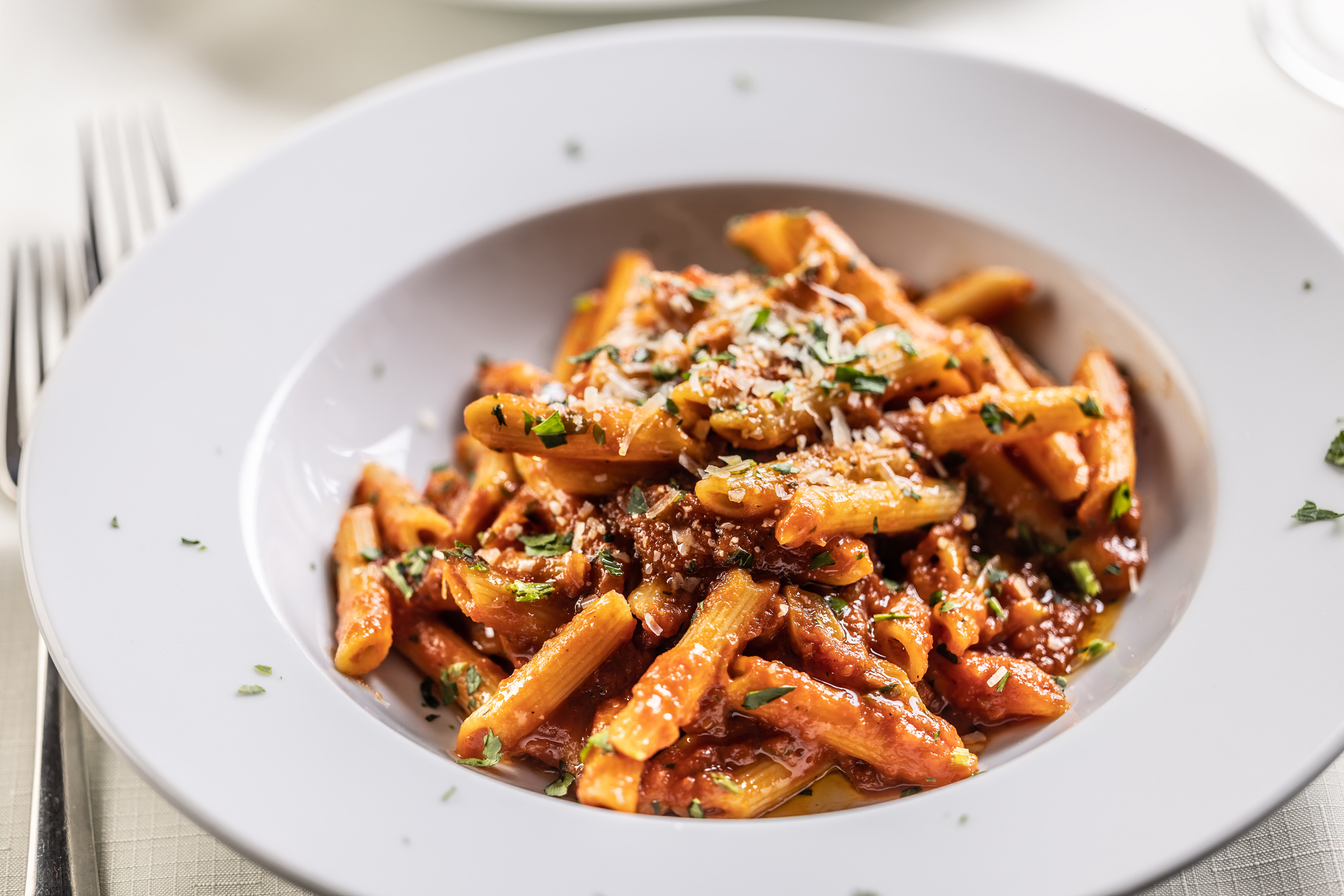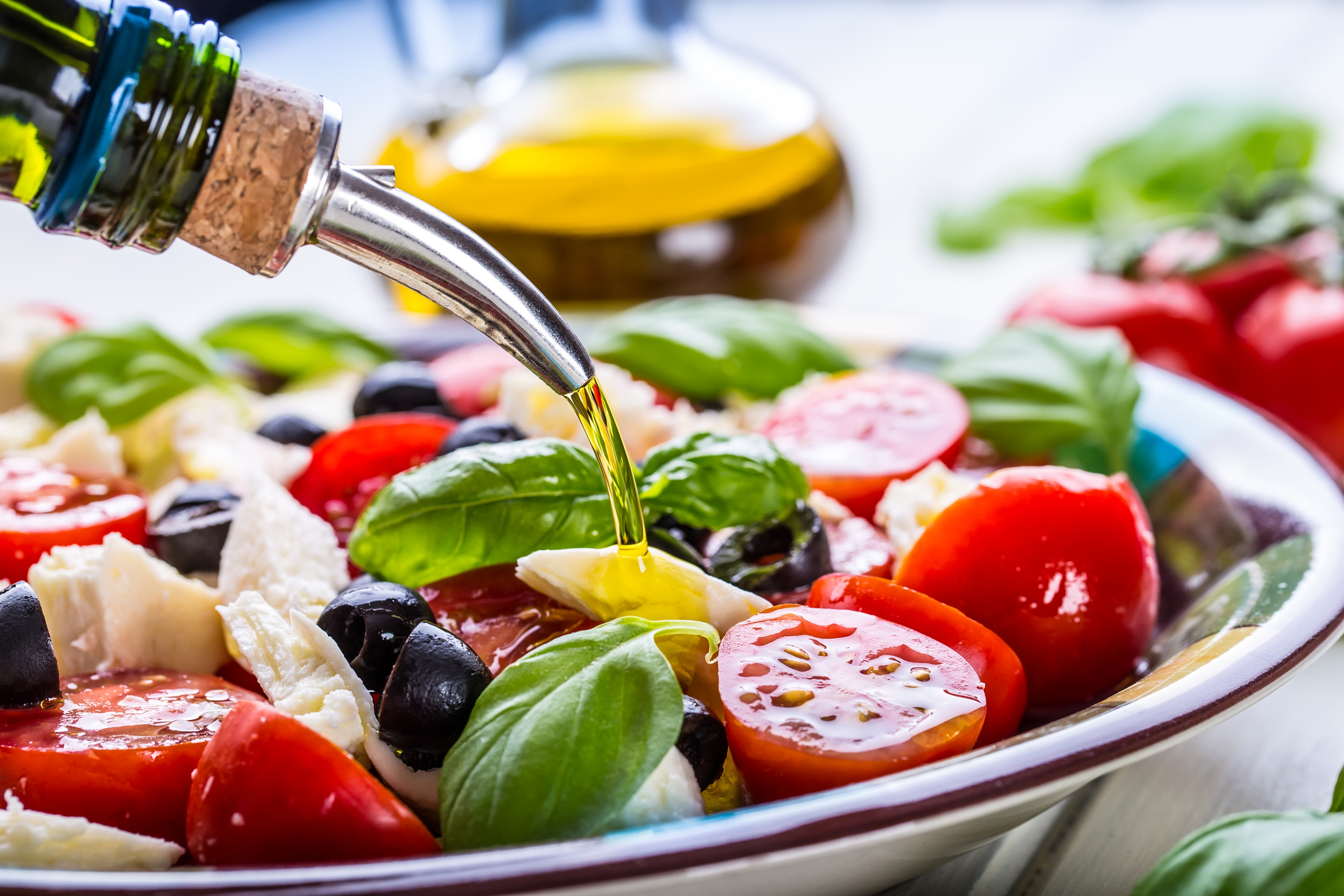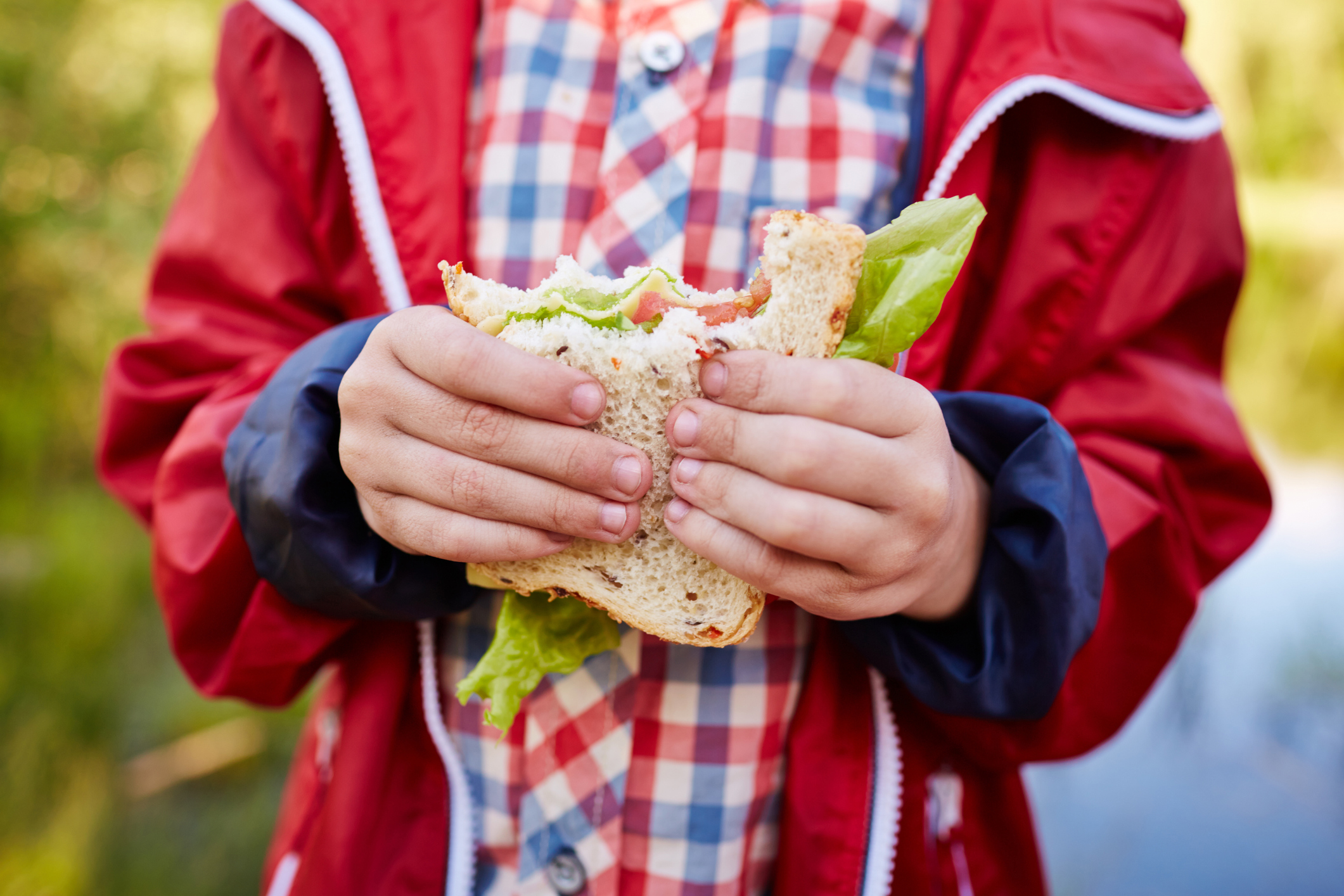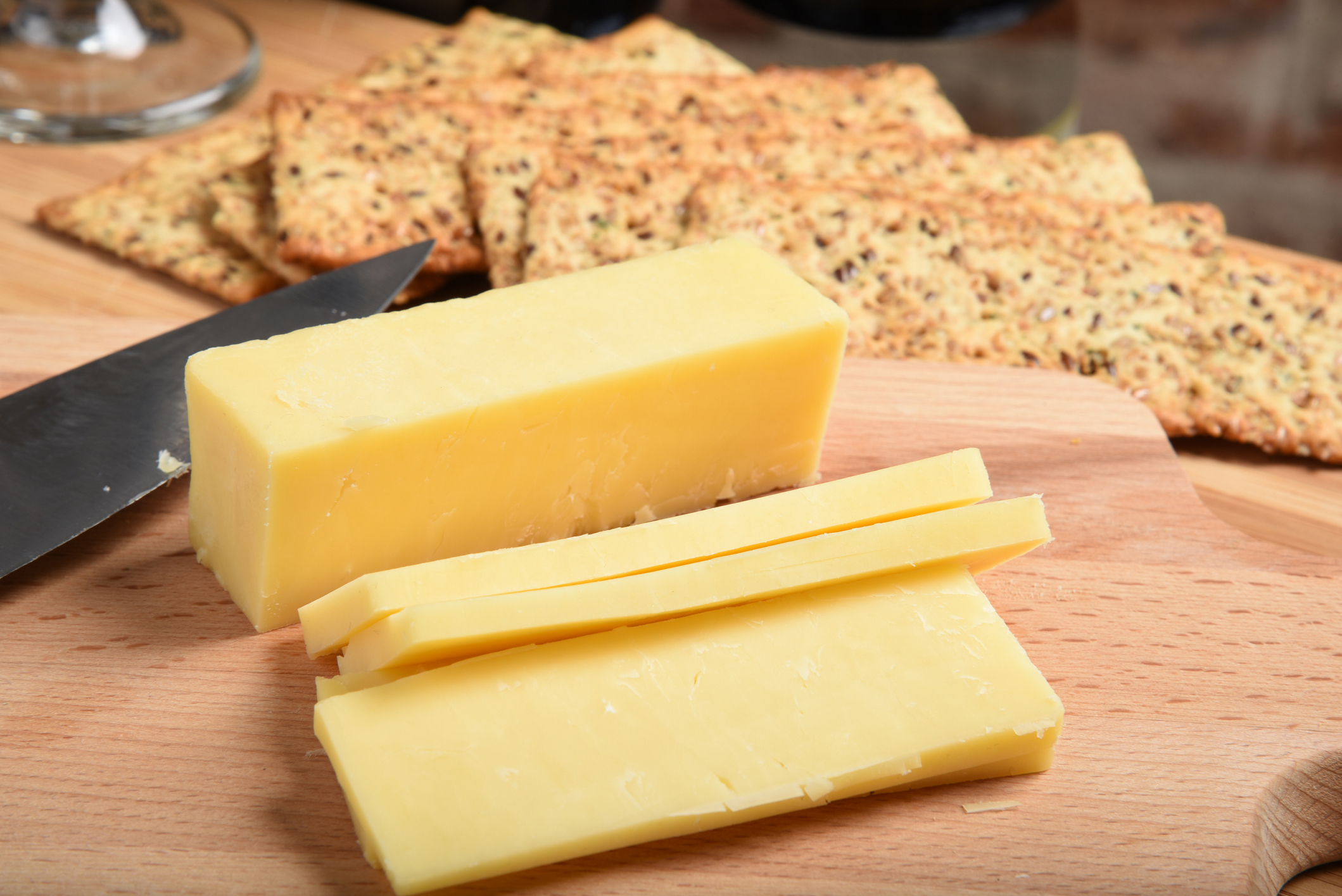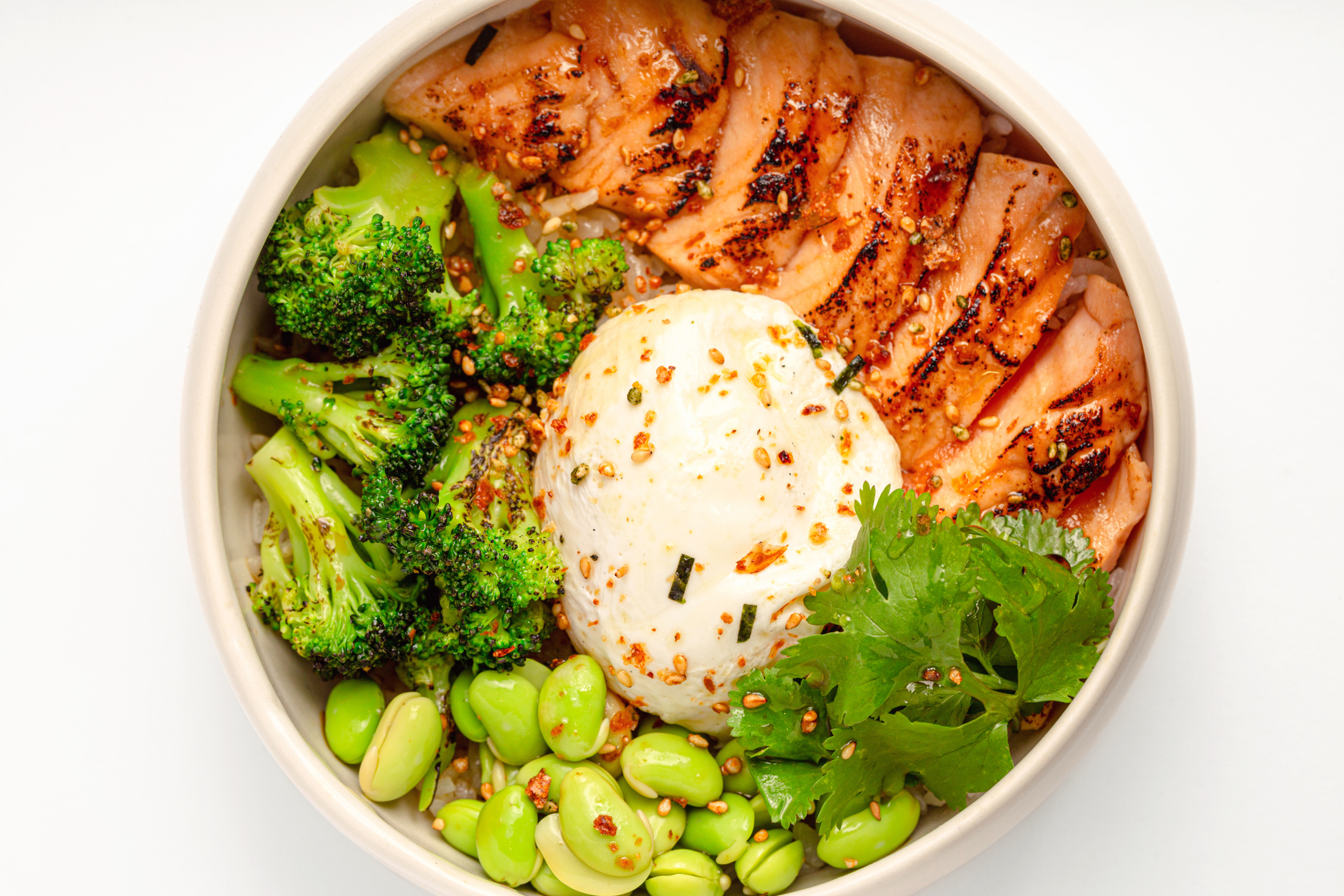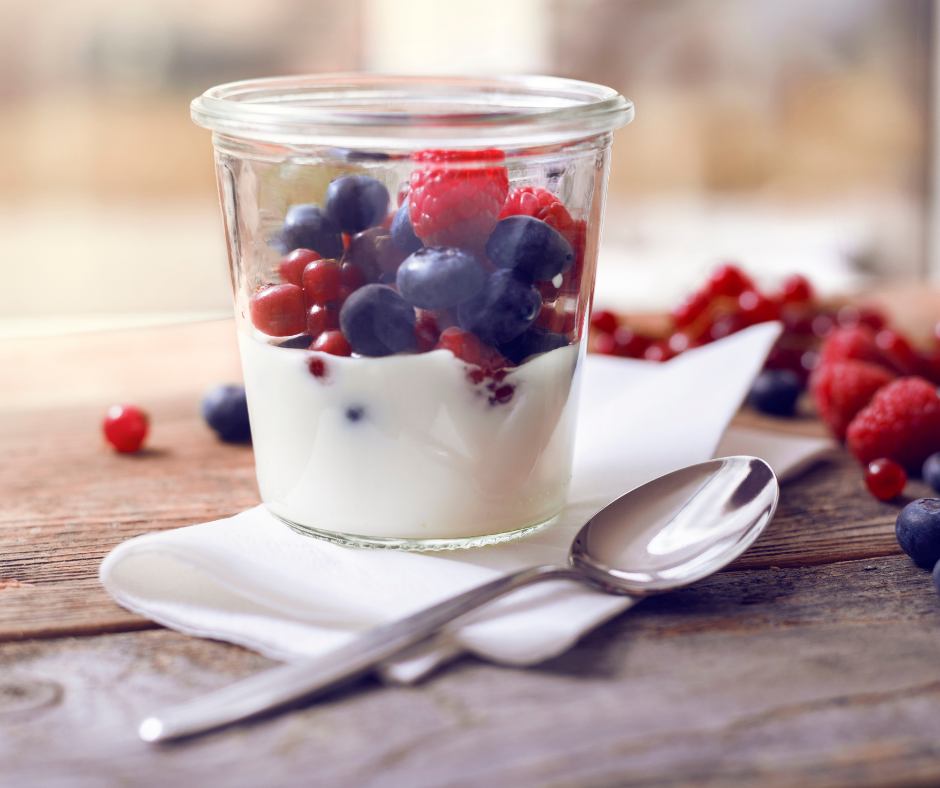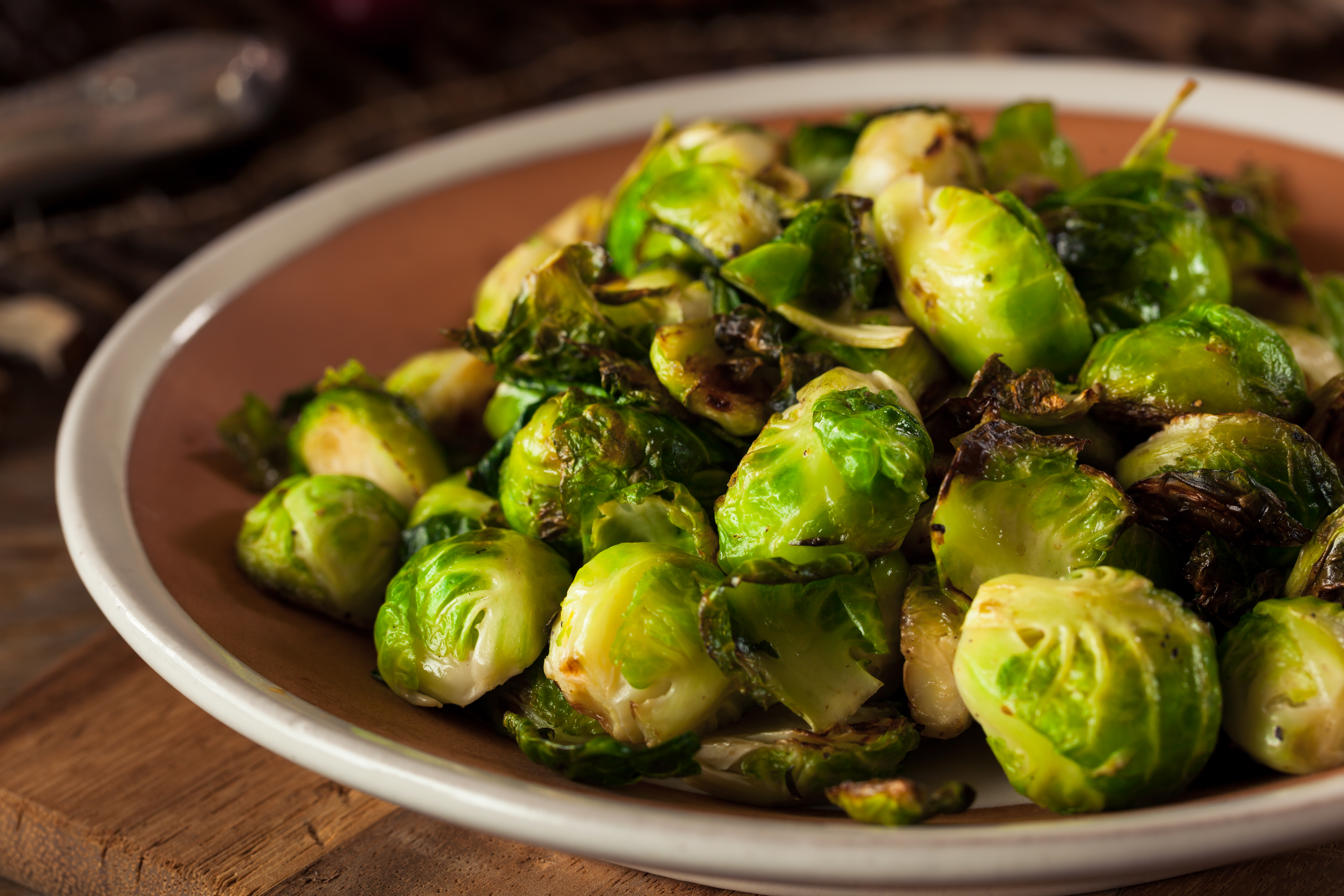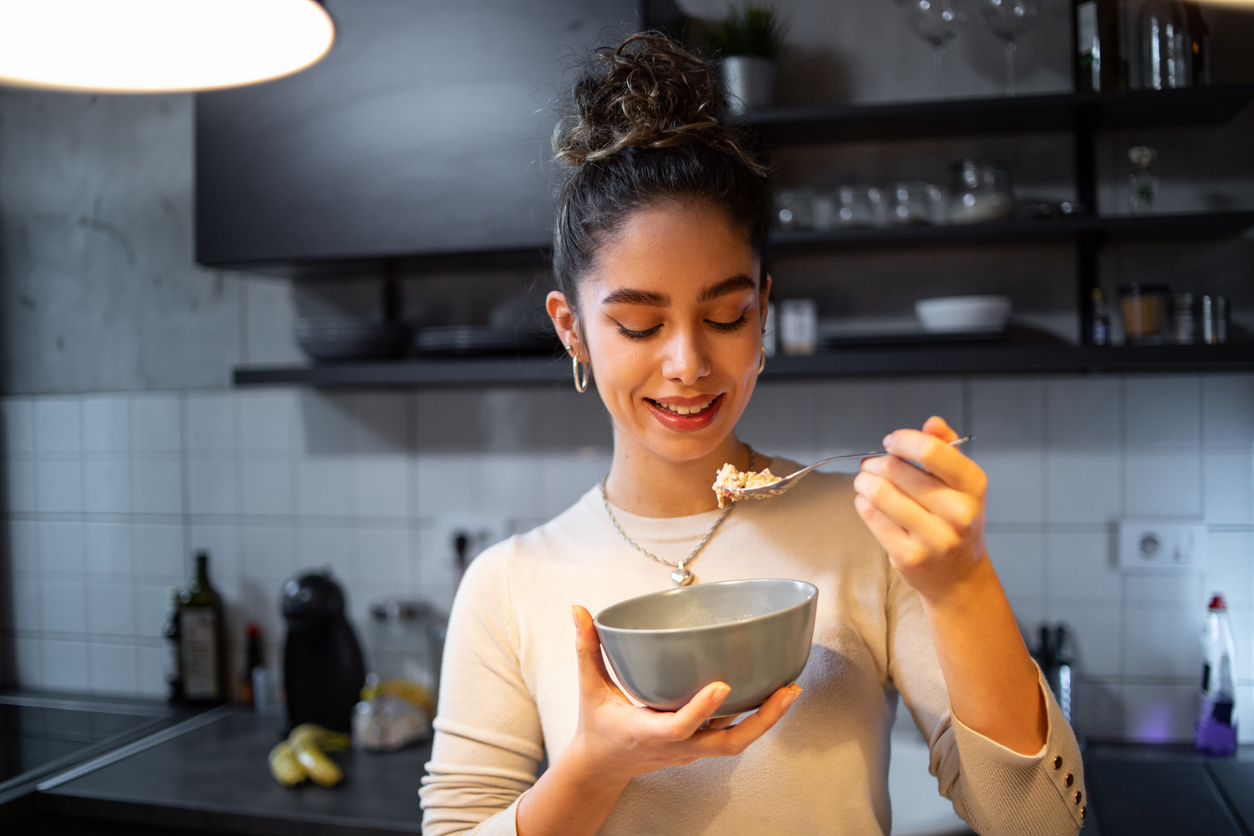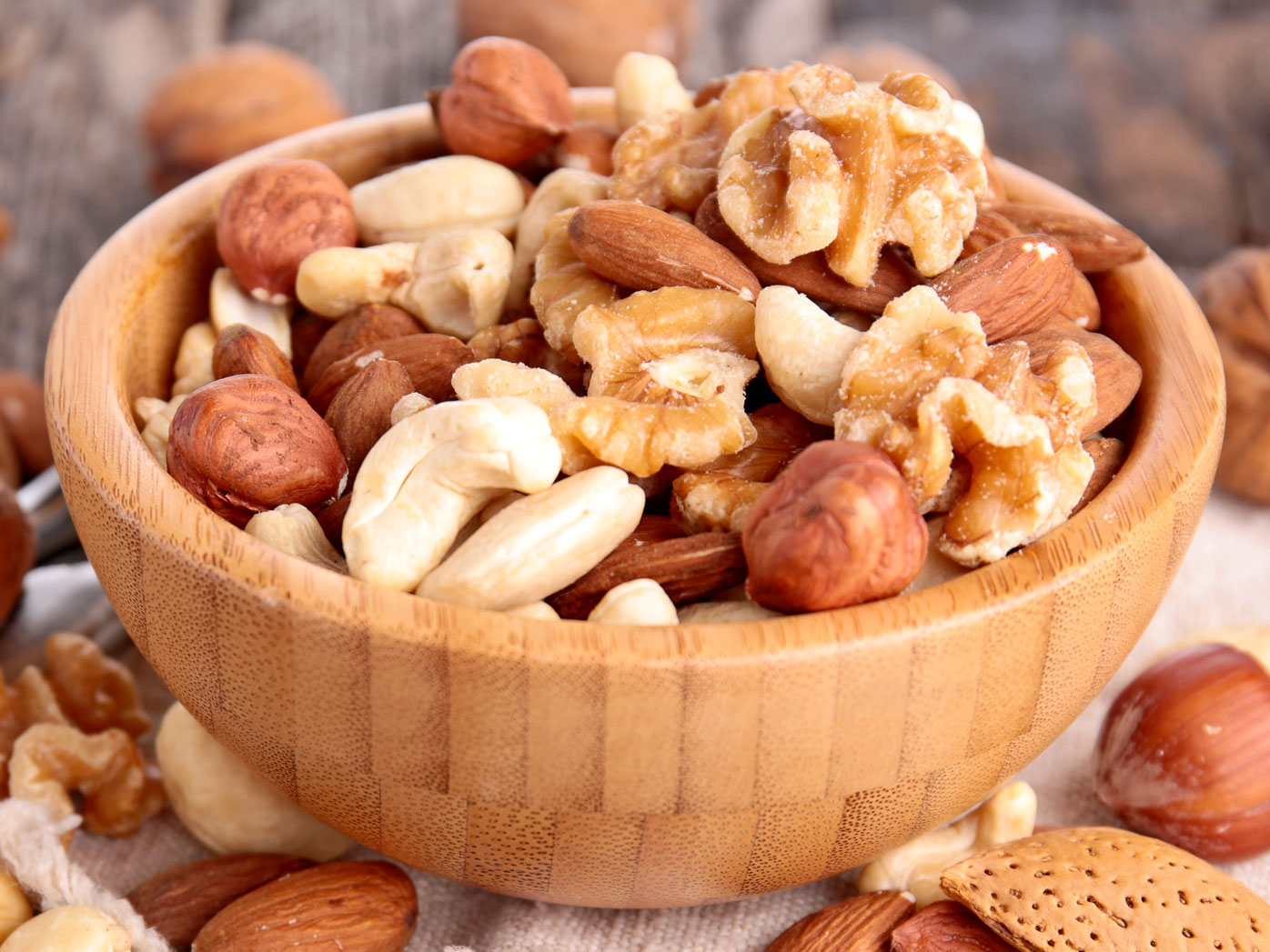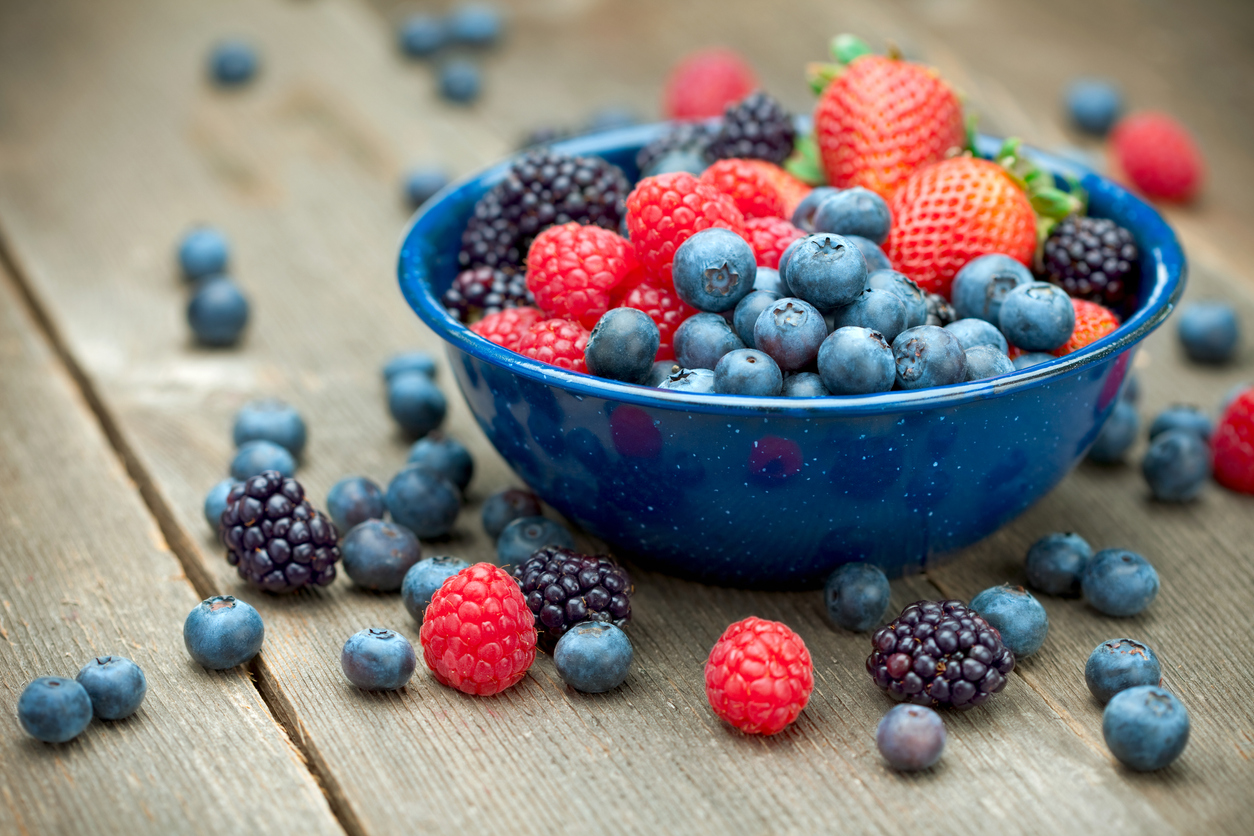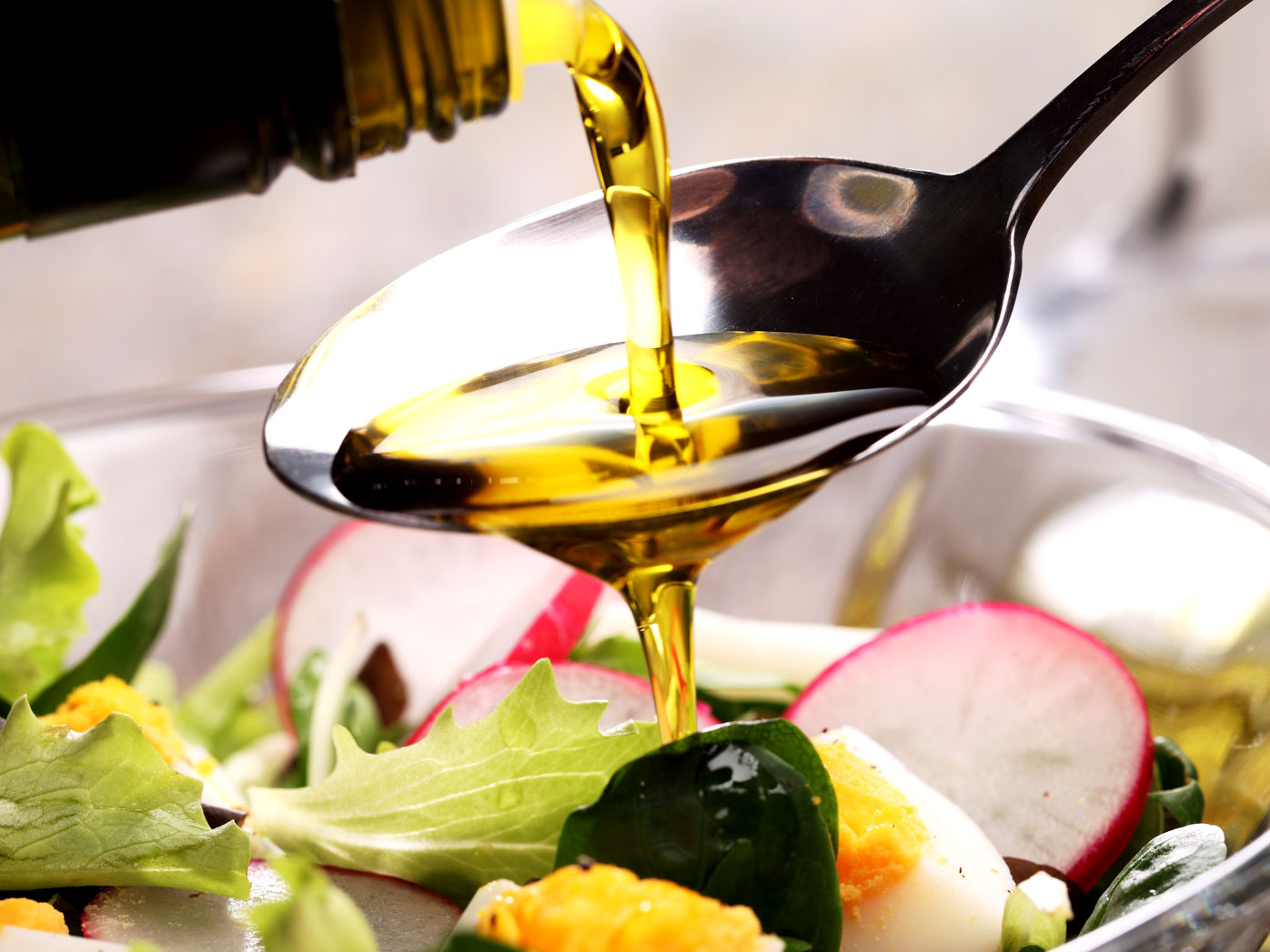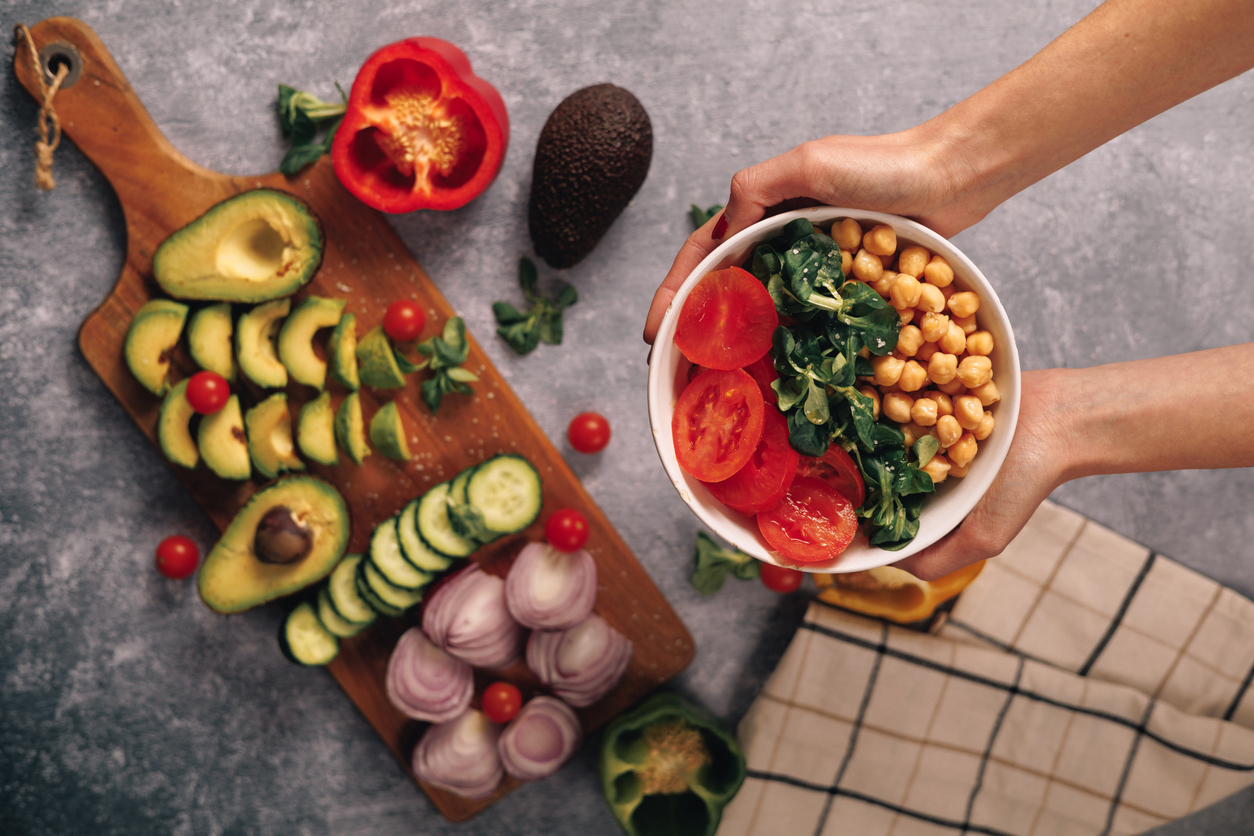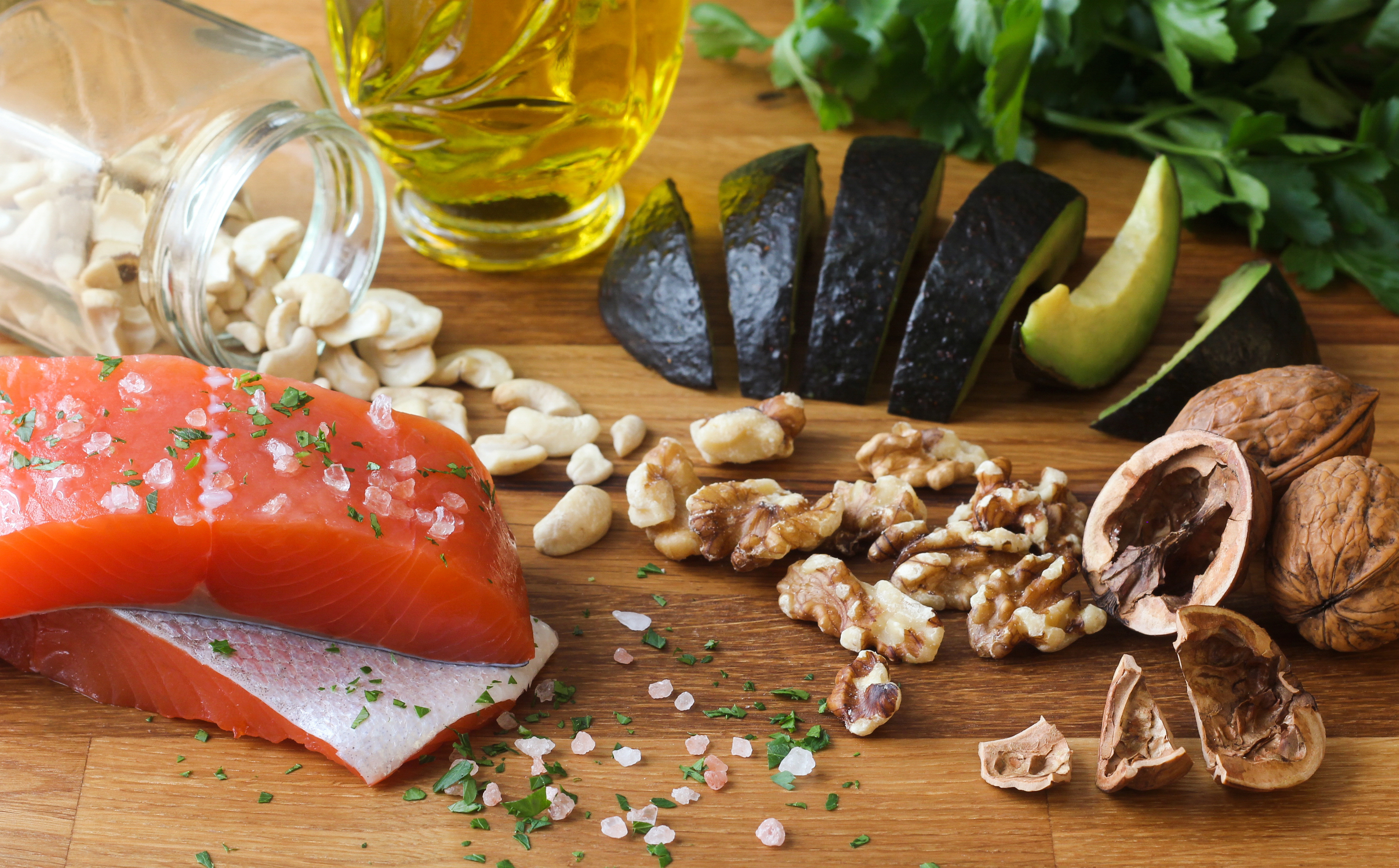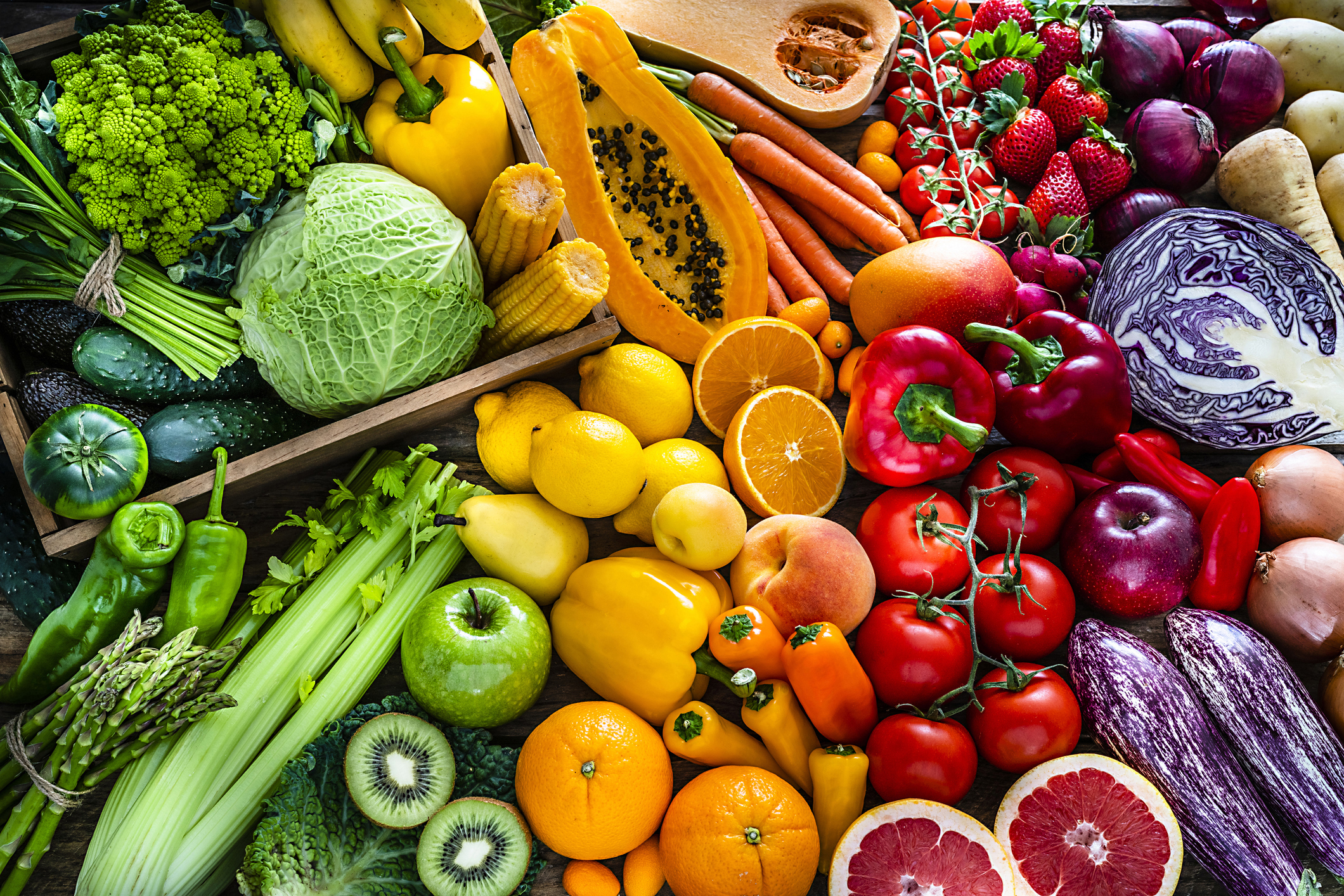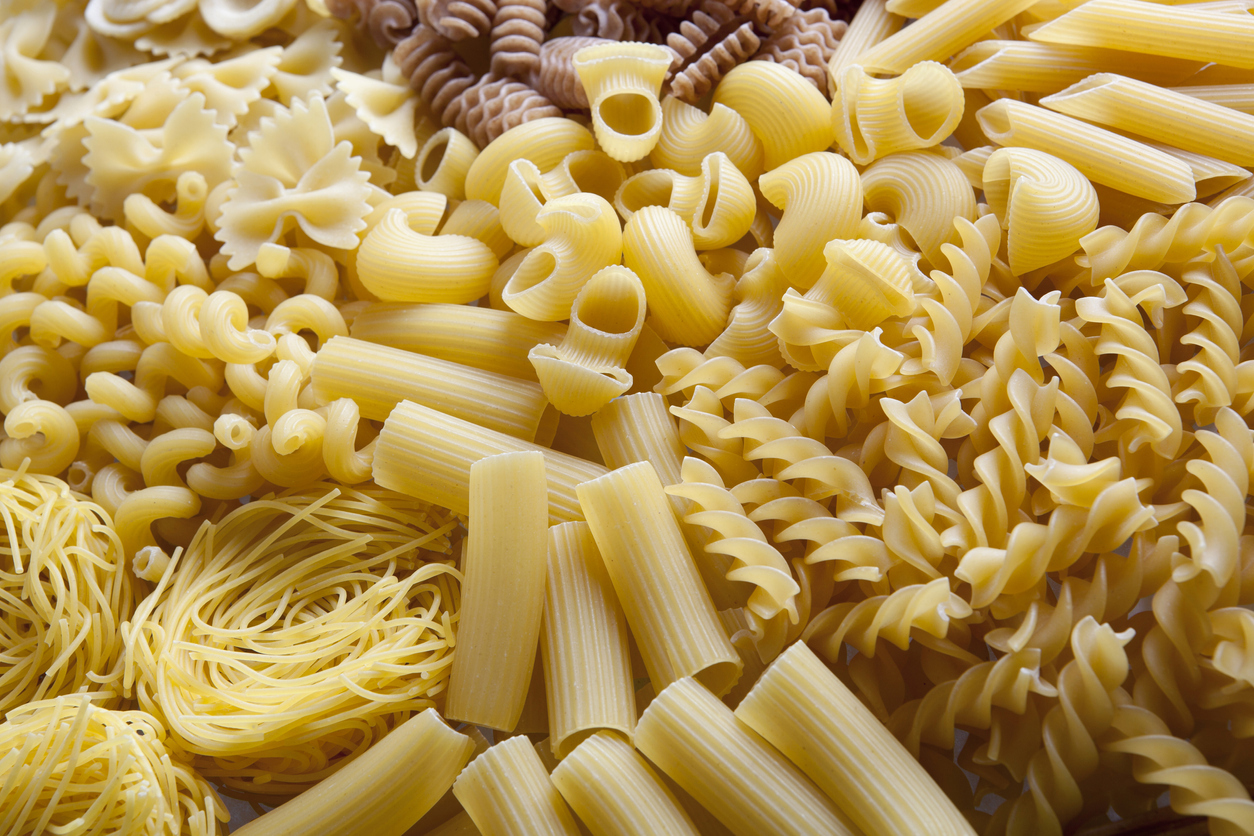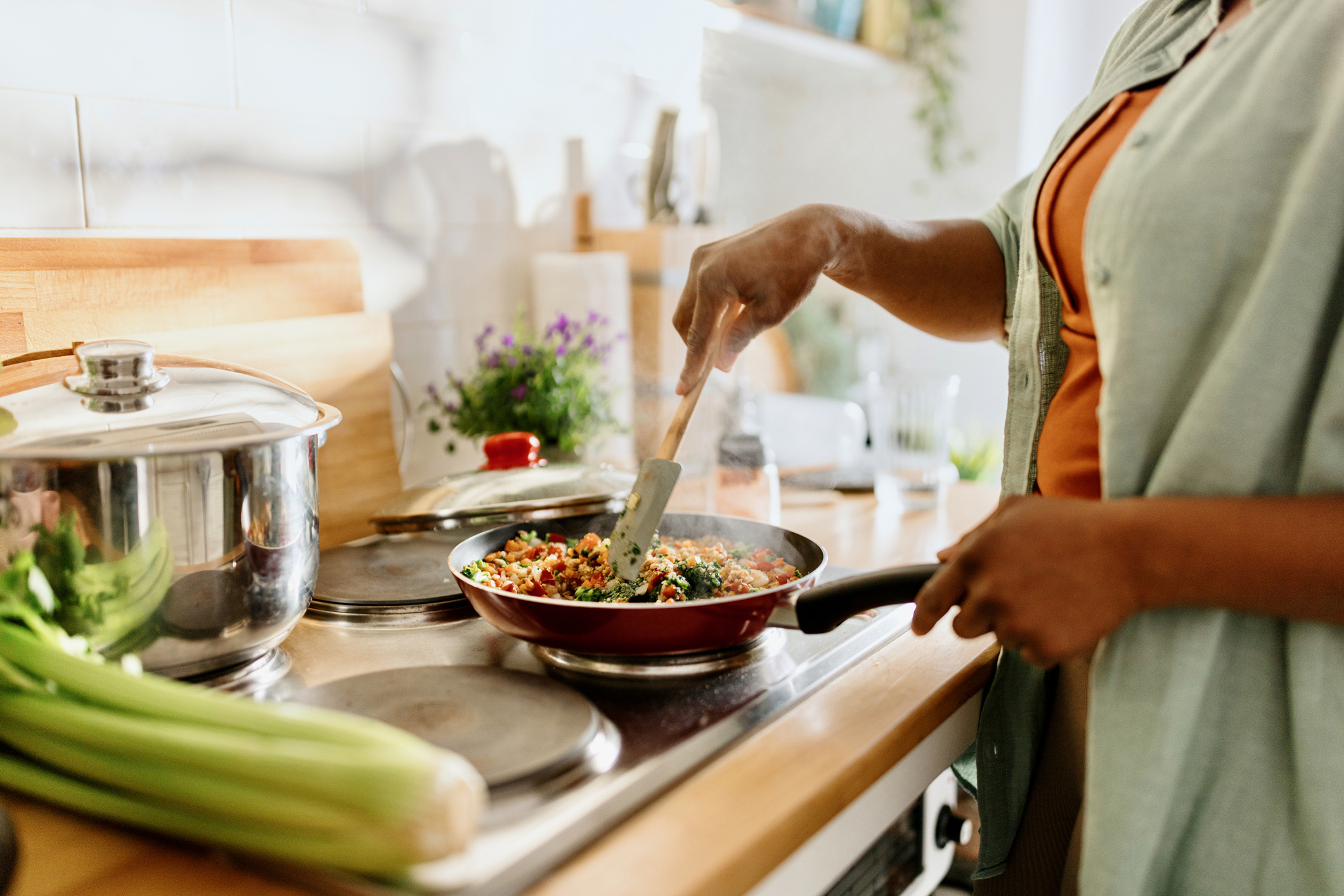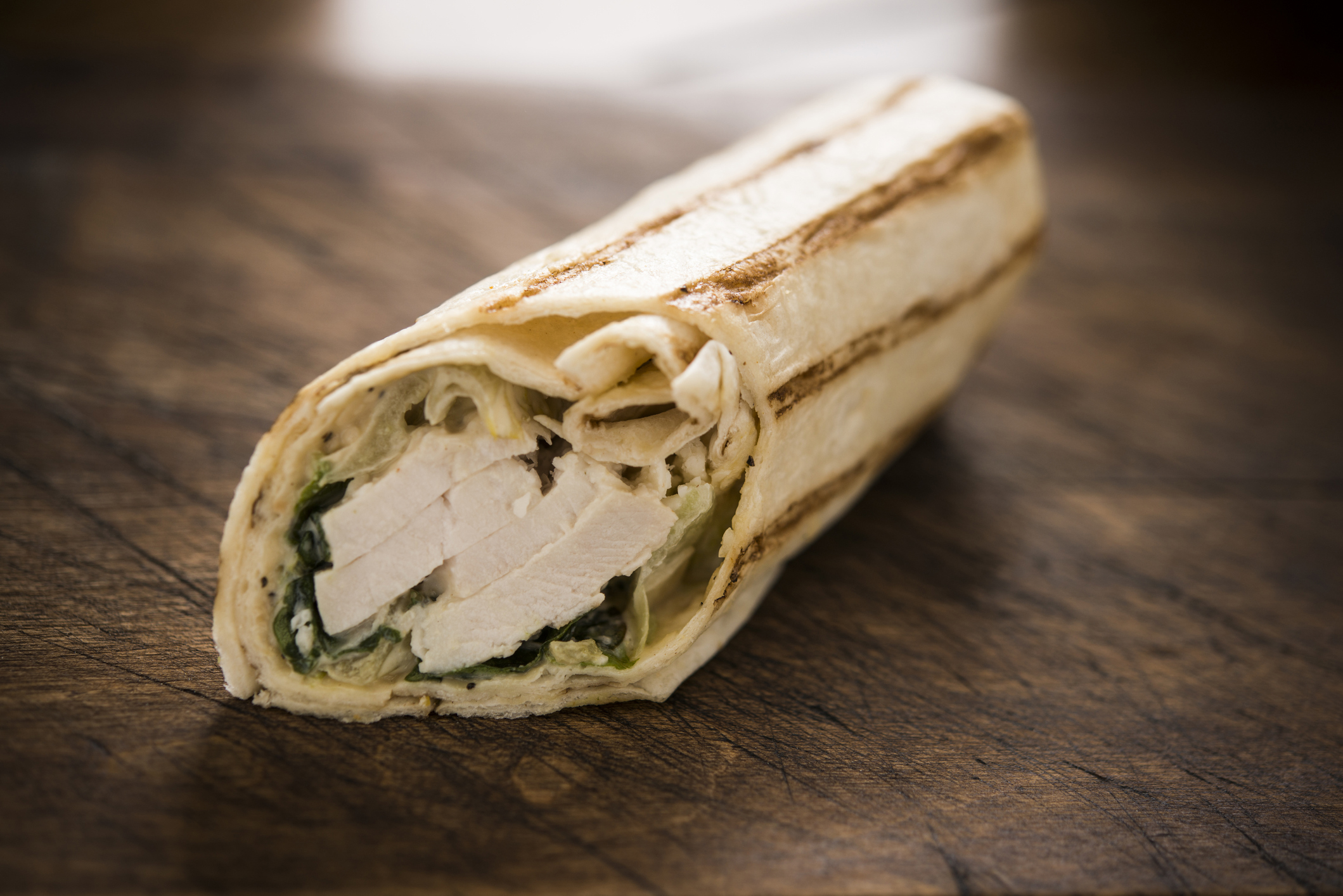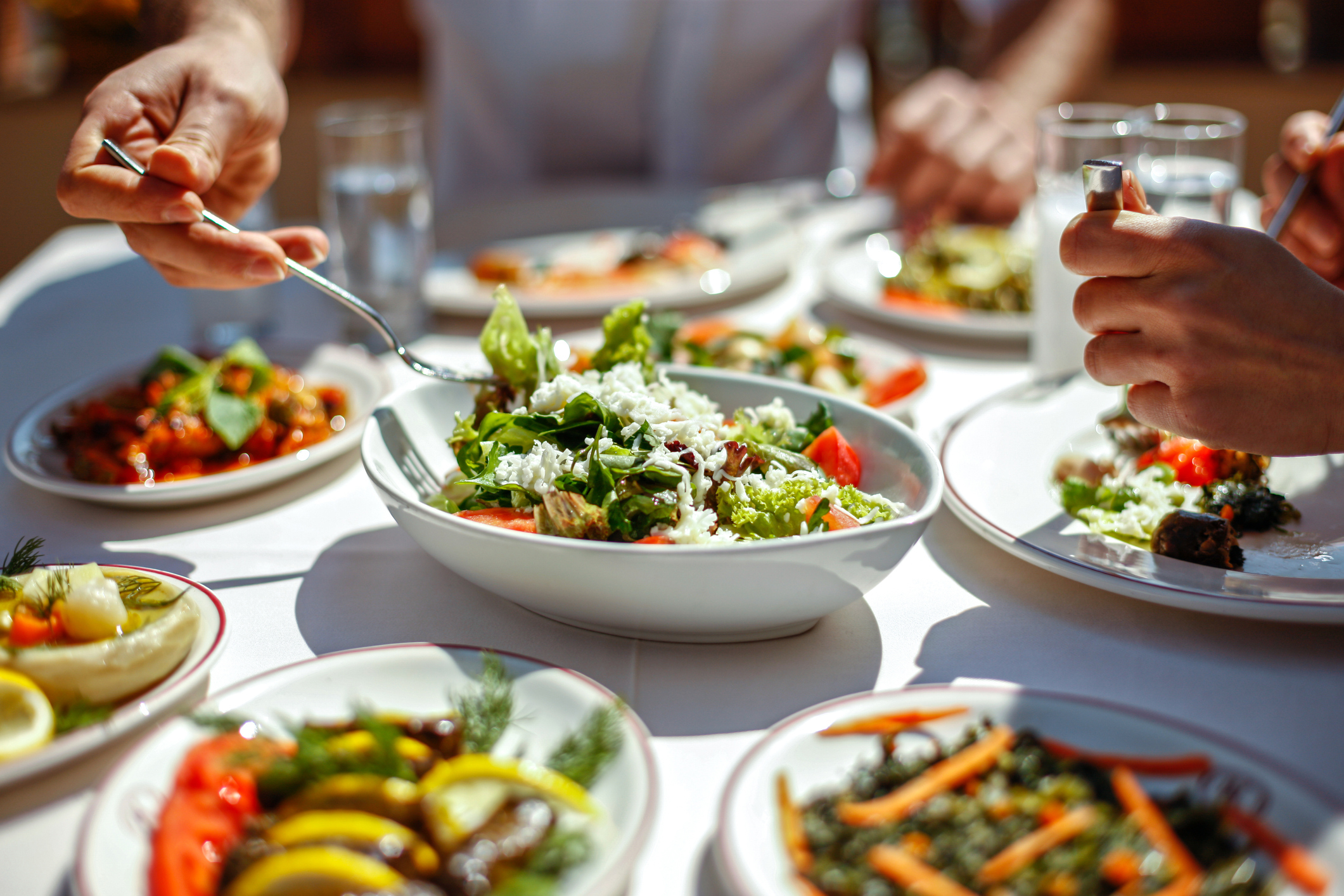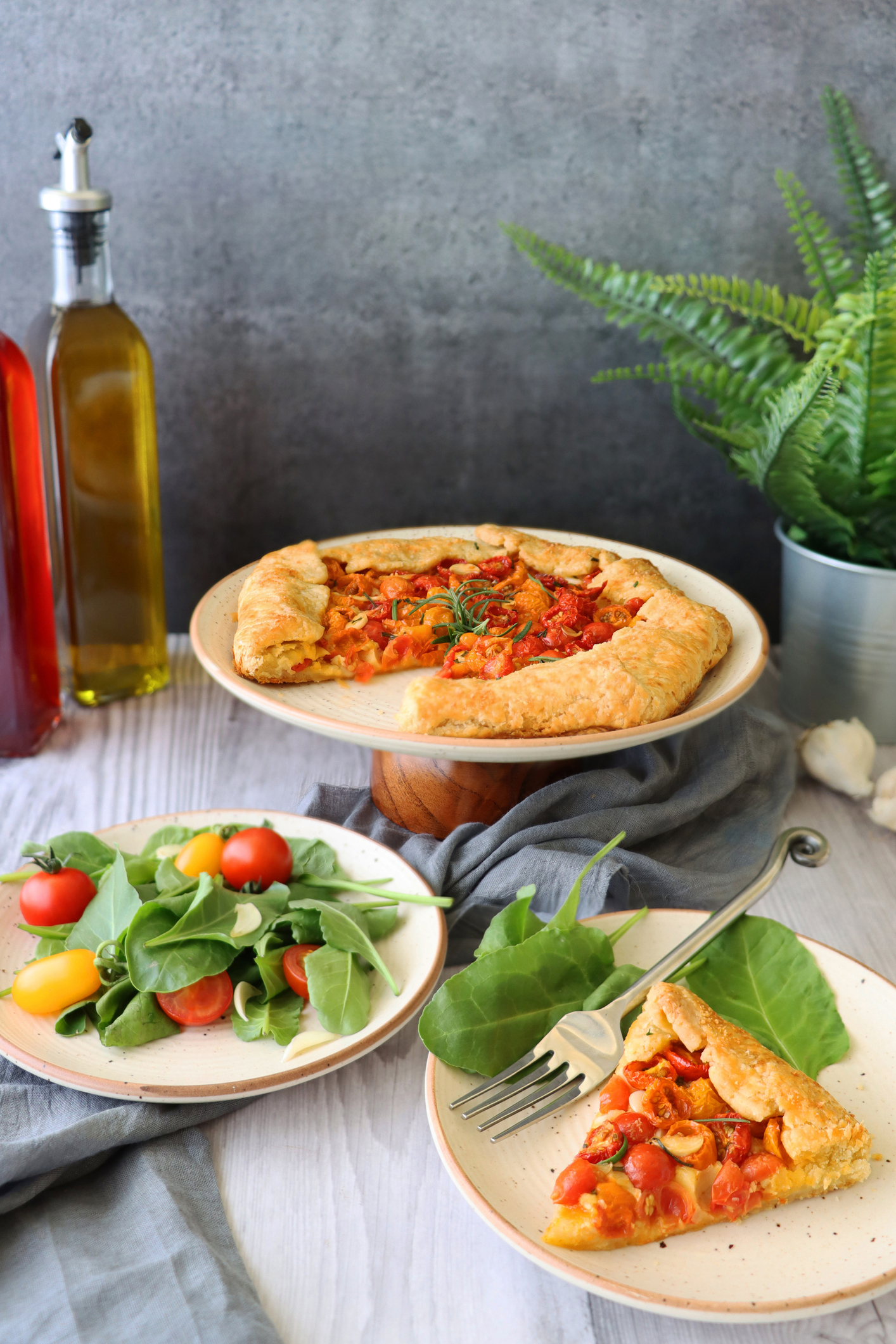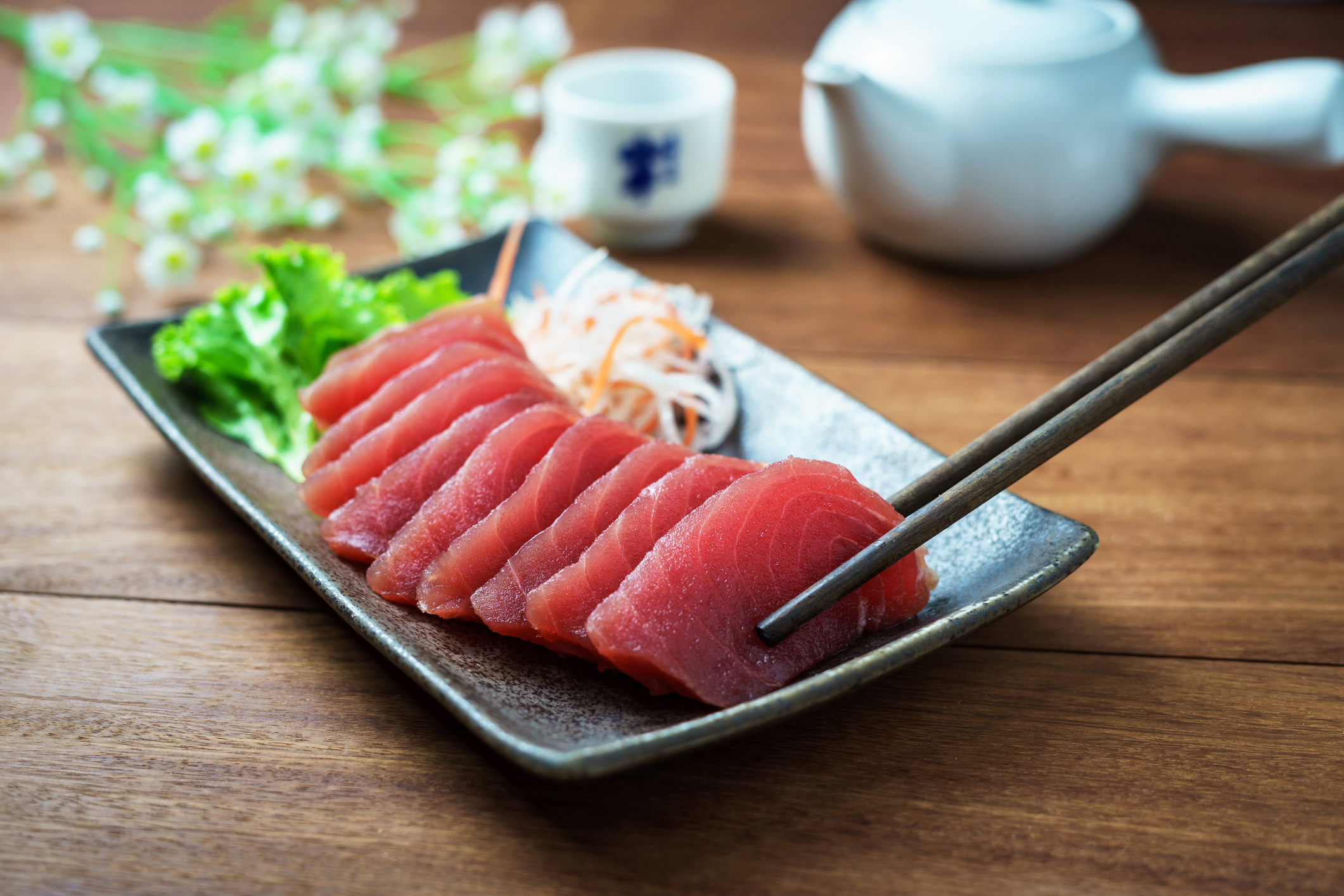Gut health is one of those things we all hear about constantly – but it’s hard to figure out exactly how to attain it.
With over 50 per cent of Australians suffering from digestive problems – and one in seven experiencing distressing gastrointestinal symptoms – it’s no surprise that gut health is at the top of our minds.
As February is Gut Health Month, 9honey Coach took time to chat with some experts and get all their tips and tricks for nailing gut health.
READ MORE: A common food additive may be interfering with our gut health
Consider your intake of Tribiotics
“If you’re interested in optimising your gut health, chances are you’ve heard the terms prebiotics and probiotics before,” explains Millie Padula, Dietitian and Nutritionist.
“Prebiotics are a type of dietary fibre found in plant foods such as oats, onions, legumes and some vegetables that provide ‘fuel’ for the probiotics (good bacteria) that reside in our digestive tract. The more prebiotics we consume, the greater the amount of beneficial bacteria thriving in our gut to support positive health outcomes.
“However, it doesn’t end there. Pre and probiotics are only two pieces of the gut health puzzle!”
There is emerging research to show that some individuals may benefit from consuming postbiotics too. Postbiotics are bioactive compounds that our bodies naturally produce as part of the fermentation process in our gut.
READ MORE: Celebrity trainer reveals his number one tip for staying fit
“Ideally, we should all be aiming for a harmonious balance of pre and probiotics in our diet to support adequate postbiotic formulation, however, that isn’t always realistic. Consuming a tribiotic supplement which includes pre-, pro- and postbiotics [aka the gut health trifecta] may be beneficial for certain individuals wanting to improve their overall gut health and associated symptoms.”
Embrace mindful eating
Lola Berry, nutritionist, author and podcaster, says that breathwork is key to a healthy gut.
“It sounds weird to be writing about breath when it comes to eating and gut health I know. But you breathe about 21,600 times per day and we seem to take it a bit for granted.”
“Did you know you could control your whole mental state just by playing with your breath? Think about it, when you’re anxious your breath is much more rapid and shallow and when you’re calm and centred your breath is slow and steady and often much deeper.
READ MORE: The 5:2 diet promises to make healthy eating much easier
If you ever get some stressful news, a negative phone call or something like that try simply taking 10 deep long slow breaths. This will help to calm the sympathetic nervous system and activate the calmness of the parasympathetic nervous system.
“Now let’s take it to food. Take five or ten deep breaths, sit down, take a moment, connect with your body, then notice the smells, the sounds, the people you’re dining with. Be present, before you eat.
“This will help you understand when you’re feeling full rather than eating on autopilot or stress eating. They say it also aids digestion, so that means less bloating and feeling uncomfortable. Mindful eating is a relatively easy concept but it’s such an easy one to skip and let slide. So take the time, be present, pop your phone and laptop away while you eat and soak up your experience. Mindful eating is where it’s at.”
For a daily dose of 9Honey, subscribe to our newsletter here.
Load up on fermented foods
Andrea Sharkey from KYH Nutrition is singing the praises of fermented food, including yoghurt, kefir, sauerkraut, kimchi, and miso, which all contain beneficial probiotics.
“These live microorganisms can contribute to a healthy balance of gut bacteria, promoting and improving digestion, and overall gut health, enhancing nutrient absorption, supporting your immune system and improving mood and mental health.”
“Try and include these foods in a few meals or snacks daily.”
Understand fibre and how it works
Gabrielle Newman, a nutritionist for the Fast 800 programme calls fibre a game-changer for your gut health and overall wellbeing.
“Fibre plays a crucial role in stabilising blood sugar levels, bolstering the immune system, aiding in weight management, and reducing inflammation. Additionally, fibre promotes the growth of friendly bacteria in the gut that generate short-chain fatty acids; crucial for optimal digestion and nutrient absorption, among other things. Fibre is found in fruit and veg, wholegrains, legumes, nuts and seeds.”
Eat more plants
Fiona Tuck, nutritionist, cosmetic chemist and skin expert, says to “include a diversity of plant foods in the diet to support a healthy gut microbiome”.
“Aim for 30 different plant foods per week including fruits, vegetables, legumes, whole grains, nuts, seeds, herbs and spices.”
